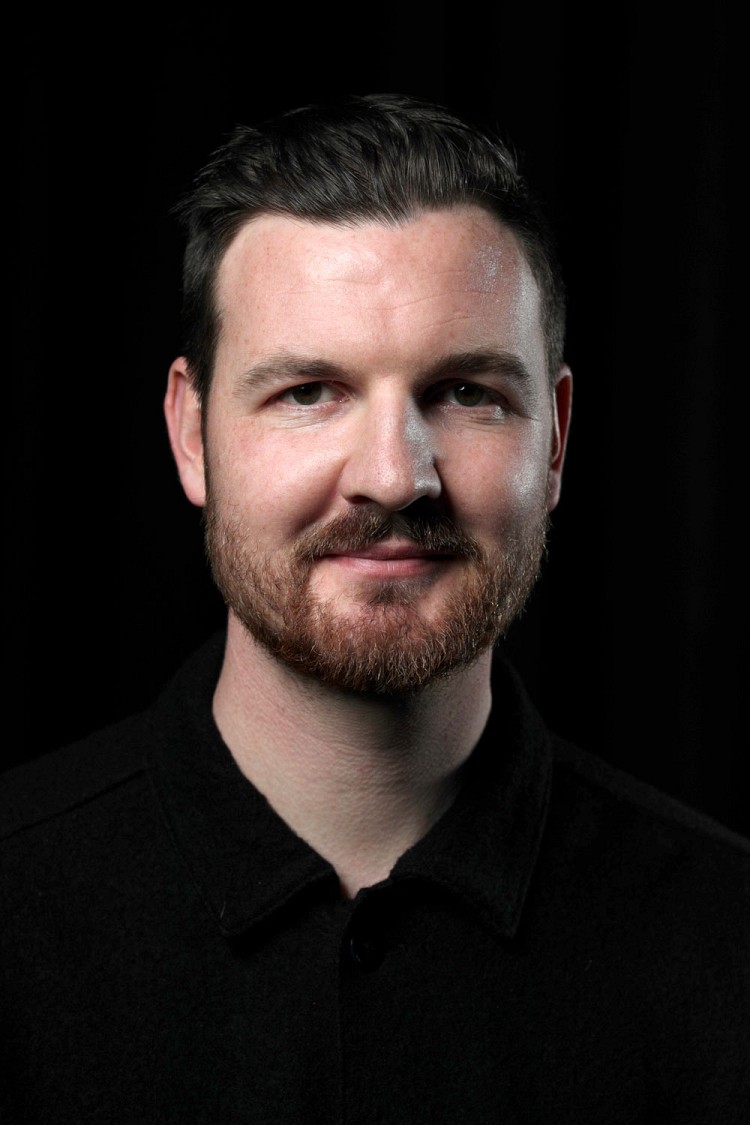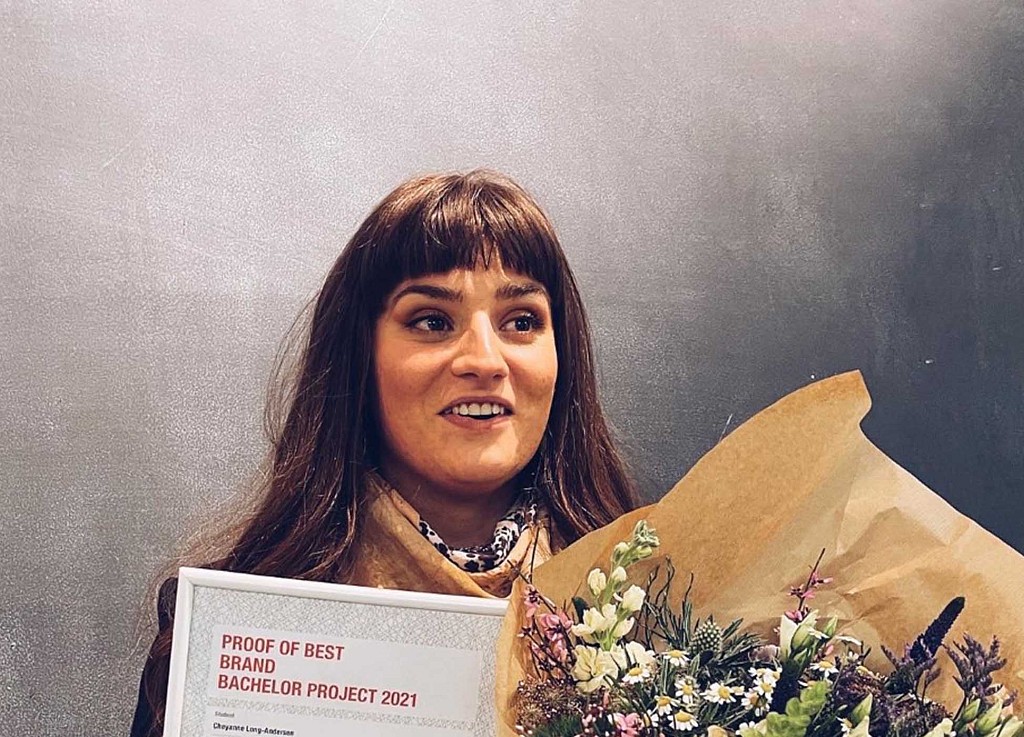Chey was offered the dream job which she accepted on the condition that she would only have to work three days a week. According to many employers, it pays off to give employees freedom and flexibility.
Like in so many other businesses, there is also a huge demand for employees in the communications and advertising industry at the moment. And you have to do your best if you want to retain or attract qualified and talented employees. But how do you do that in 2022?
High pay is still a parameter, but it must be topped up with freedom, flexibility and co-decision. How to attract employees in a heated market is actually being thoroughly discussed in the latest issue of the magazine “Markedsføring”
And Schibsted, one of the largest media conglomerates in the Nordic region, has just announced that they are 'hybrid' from now on. They have introduced a special homework package and are training their managers to better handle homework for their 5,000 employees.
"We quickly sensed that this was a paradigm shift for employees and companies," CEO Mette Krogsrud told MediaWatch.
When the workplace is flexible, you have much more to give
Chey Long-Andersen, who recently graduated from Brand Design at KEA, loves her job as junior art director at the creative consulting company CO/PLUS, whose clients include B&O, Oister and Bioeffects. And she's good at it. Exactly because she only works part-time three days a week, she explains:
"I am also involved in a start-up project with a health app, and like to work with different things in general. The variety makes me learn more, have more energy and therefore perform better and more efficiently where ever I get involved. It is the variety and flexibility that make me committed and make me develop.
I choose my own days, and on the other hand I am also flexible when needed. It is enriching for both parties, and there is a direct connection between success and employees who are happy and loyal."

The company's profits have increased
And it's not something Chey just grabs out of thin air: CO/PLUS just hired an associate creative director who also spends three days a week at work and two days at home with his family, and a year ago, CO/PLUS got a new CEO who is very dedicated to the company, but who is also a mother and a manager in a new way. And since she became CEO, the company's profits have increased – in fact, CO/PLUS has had the most successful year ever.
"You won't be punished for wanting something else too – CO/PLUS sees it as an opportunity and an advantage. And anyway, you can't get people to choose between work, family and freedom without it failing. When the workplace is flexible, you have much more to give, whereas a rigid workplace tends to overwork their employees, leaving them mentally exhausted," says Chey Long-Andersen, who is English but who chose to stay and work in Denmark when she graduated from KEA.

"Employees today demand freedom. And at AM, we are very concerned that there is also room for family and sports, etc. None of us care how much time you take off work when your child is sick, because it's an outdated way of thinking. And we have not yet had employees who have not been able to balance between freedom and responsibility. And if we do, we'll just have to create a new framework. In my experience, if you provide flexibility, you get loyalty.”
According to AM, flexibility does not decrease productivity or the quality of work. In fact, quite the opposite.
"Flexibility goes both ways, we feel more like a team, our job satisfaction is high and what we do has a better quality. It's hard to be creative on command, and we'd rather have people work when they have the most to give. Fixed working hours and rules belong to industrialisation and assembly lines. We live in different times now. No one here is afraid to leave early - instead, you might be working on the train or in the evening, or whenever it suits you."
Even though homework is very much part of the flexibility, they're not ready for homework five days a week:
"We have to see each other physically once in a while. Especially during presentations, we must be able to observe people's reactions," says Søren Jensen. "So, we're not totally revolutionary."
`One size fits all´ never really works well
Conversely, she is also well aware that the model she has chosen is not right for all employees.
"Rules are a sure way of losing everyone. I think companies need both and need to be able to offer both the traditional and the new. For some people, working the way I do will be stressful – they need security and a safe environment. My brain would die. Variety and development make me give much more," says Chey Long-Andersen and says that occasionally, she also works in a store where she gets a third and completely different kind of input.
"I love it. It's a kind of retail safari fieldwork that is so useful when I help companies with their brand and communication."
We live in different times now
The advertising industry, which usually prides itself on being a first mover, has not generally been at the forefront when it comes to flexible working conditions compared to so many other industries.
But the strategic design agency AM Copenhagen was created with the very desire to create a flexible company, and it has paid off, says Søren Jensen, an associate partner and a graphic designer responsible for deployment and not least a KEA graduate:
If you provide flexibility, you get loyalty
"Employees today demand freedom. And at AM, we are very concerned that there is also room for family and sports, etc. None of us care how much time you take off work when your child is sick, because it's an outdated way of thinking. And we have not yet had employees who have not been able to balance between freedom and responsibility. And if we do, we'll just have to create a new framework. In my experience, if you provide flexibility, you get loyalty.”
According to AM, flexibility does not decrease productivity or the quality of work. In fact, quite the opposite. "Flexibility goes both ways, we feel more like a team, our job satisfaction is high and what we do has a better quality. It's hard to be creative on command, and we'd rather have people work when they have the most to give. Fixed working hours and rules belong to industrialisation and assembly lines. We live in different times now. No one here is afraid to leave early - instead, you might be working on the train or in the evening, or whenever it suits you."
Even though homework is very much part of the flexibility, they're not ready for homework five days a week: "We have to see each other physically once in a while. Especially during presentations, we must be able to observe people's reactions," says Søren Jensen. "So, we're not totally revolutionary."

It creates new perspectives
Chey Long-Andersen's boss at CO/PLUS, Sasha Denham, calls flexibility a win-win situation because you get employees with greater motivation and job satisfaction who perform better:
"There are many advantages to giving employees more flexibility. But the company also needs to implement some good processes and have the necessary tools in place."
Nor does she see part-time work or the employees' side jobs as a loss. Quite the contrary:
"Several employees have had the opportunity to work part-time because they wanted to focus on other projects on the side, or just want more time with the family. I don't want to say goodbye to a talent just because the employee has got an idea for a new app and also wants to be able to develop it alongside the job. Rather than putting a lid on that dream, I see it as much as an opportunity for the employee to acquire new skills and experiences that can ultimately also benefit our work. We live off our creativity and ability to think innovatively when it comes to developing new brands, products, concepts, business models, etc. And most often the inspiration must be found within new areas and industries, but also on the basis of life experiences that create new perspectives and open our eyes to new ideas and approaches."




